By Cindy Watter, UC Master Gardener of Napa County
The Solanaceae, or nightshade family, is a large one. Just as our own families can include the kindly grandma as well as the femme fatale, nightshade plants embrace favorite edibles such as potatoes, peppers, eggplants and tomatoes, while also claiming toxic plants such as tobacco, brugmansia, belladonna and jimson weed.
The. 2,700 Solanaceae species have diverse habits, but they all produce solanine, an alkaloid toxin. In most foods, the solanine is present in such small quantity that it is harmless.
Let us dispose of the second, more sinister, group first. These plants are attractive in the landscape and useful in attracting pollinators, but you don't want to eat them. None of these toxic plants tastes good, so you would have to have a powerful thrill-seeking urge to consume them.
Even so, emergency rooms are familiar with jimson weed patients, who find the hallucinogenic plant in the wild. These unfortunate folks usually live to learn their lesson: leave foraging to the experts.
The name "nightshade" sounds dramatic, but some believe that the term arose because some nightshade flowers are particularly fragrant at night and some of the plants don't mind the shade.
The other nightshades, the edibles, are easy to grow. The tomato (Solanum lycopersicum), brought to Europe from Mexico, was initially considered inedible because of its relationship to the deadly nightshade. When people finally realized that tomatoes were safe and tasty and not just ornamental, cultivation took off, and the tomato became synonymous with Mediterranean cooking. Most of the solanine is in the leaves and stems anyway. The tomato is botanically a fruit: it develops from a fertilized flower and has seeds inside.
Tomatoes can be grown from seed, but it is easier to buy starts. Keep seedlings indoors until at least April. If the weather remains cold, you might have to wait until May or even June to plant them. The soil should be at least 60°F where you intend to plant, and the area should get lots of sun. All-day sun is ideal.
Plant seedlings deeply, so the lowest leaves are just above the soil surface. Rootlets will shoot out from the stem and form a strong base. This rooting also increases the plant's access to water and nutrients. If your soil contains a lot of compost, you will not need other amendments, although aged chicken manure and nitrogen are sometimes helpful.
Water your newly planted tomato seedlings deeply and keep the roots moist. Install supports, such as a cage, stake or trellis, when you plant to avoid disturbing the roots later. A support will keep the vine from sprawling on the ground and possibly rotting.
You can control most tomato problems, apart from gophers, by regular watering. Occasionally you may spot a large green caterpillar on the stems or leaves. That creature is a hornworm; remove it by hand.
Tomato growers enjoy friendly competition, and they love to share tips. One tip I learned last year is that gently shaking the plant when it's flowering will help spread the pollen from the stamen to the pistil, thus improving pollination and fruiting.
Bell peppers (Capsicum annuum) are a sweet pepper that can be eaten when it's underripe, or green. However, a fully ripe red pepper contains more nutrients, with more vitamin C than an orange. Wait to plant pepper seedlings outdoors until nighttime temperatures are above 55°F.
Peppers do well in containers, or you can space them 1-1/2 to 2 feet apart in rows. The warmer the weather during the growing season, the more flavorful the peppers will be. You can use row covers to keep pests out; organic bait will control slugs and snails. However, the least toxic snail bait is a jar lid full of beer. The slugs drown in it.
Eggplant (Solanum melogena) is a particularly beautiful plant. Like the tomato and the pepper, the eggplant is a fruit. Its flowers are lilac colored, and its leaves are dark green. I have seen eggplants used to great effect as part of a landscape treatment. Again, resist setting out seedlings until frost season is over. They like warm weather. Plant them three feet apart.
You can grow lots of small eggplants, or you can pinch off some flowers to encourage larger fruits. The eggplant benefits from fertilizer such as aged chicken manure or worm castings.
I sometimes wonder what the Europeans ate before they raided Montezuma's garden. The potato (Solanum tuberosum) is a staple of the European diet, yet it originated in the Andes.
To grow potatoes, cut chunks from a seed potato, making sure there is an "eye" (sprout) on each chunk. Supermarket potatoes may have been treated with a sprouting inhibitor, so it's best to start with real seed potatoes from a nursery.
As soon as you can put a shovel in the soil, you can plant potatoes. Plant them in rows in loose soil amended with plenty of compost. If you use fertilizer, don't let it touch the potatoes.
Pile a few inches of loose dirt above the seed potato. Leafy stems will emerge. When the greens are eight inches tall, bury all but four inches in loose soil, straw or shredded leaves. This process, known as hilling, creates more room for new potatoes to develop. Keep building the mound as the potato leaves grow, leaving about four inches of greens exposed. When the vines flower, you can stop hilling. Potatoes need to grow in darkness, so if the ground is disturbed and you see a potato, cover it up. Light will turn the potato green, and the green part is toxic.
The nightshade family produces some of our favorite garden edibles. Colorful tomatoes, peppers and eggplants are beautiful as well as useful. As for potatoes, it's fun to dig them out of their little hills, which add variety to your vegetable bed.
Food Growing Forum: Second Sunday of the month through November. Sunday, April 11, 3 pm to 4 pm: “Tomatoes, Peppers and Eggplants.” Register to get Zoom link: https://bit.ly/3lC3qs8
Workshop: UC Master Gardeners will lead a workshop on “Growing Tasty Tomatoes” on Saturday, March 27, from 10 a.m. to noon.” Register to get Zoom link:
Napa Library Talks: First Thursday of each month. Thursday, April 1: “Gardening on a Shoestring.” Register to get Zoom link: https://bit.ly/3rn3MF3
Got Garden Questions? Contact our Help Desk. The team is working remotely so please submit your questions through our diagnosis form, sending any photos to mastergardeners@countyofnapa.org or leave a detailed message at 707- 253-4143. A Master Gardener will get back to you by phone or email.
For more information visit http://napamg.ucanr.edu or find us on Facebook or Instagram, UC Master Gardeners of Napa County.
Attached Images:

Nightshade vegetables. (naturalhealthtechniques.com)

Jimson weed. All members of the Datura genus are toxic. (natureid.blogspot.com)

Tomatoes. (borntogrow.net)

Soil should be 60 F before planting tomatoes. (cooper-atkins.com)

Solanaceae love all-day sun. (designtrends.com)

Plant tomatoes deeply--they grow more roots. (UCANR.edu)

Provide tomatoes with support. (homestead-and-survival.com)
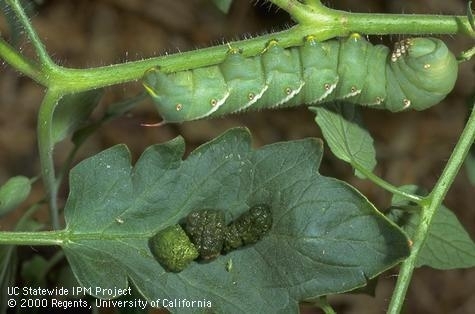
Tomato hornworm, in case you haven't seen one. Looks fearsome, but just wants to eat tomatoes. (UCANR.edu)

Bell peppers. (snaped.fns.usda.gov)
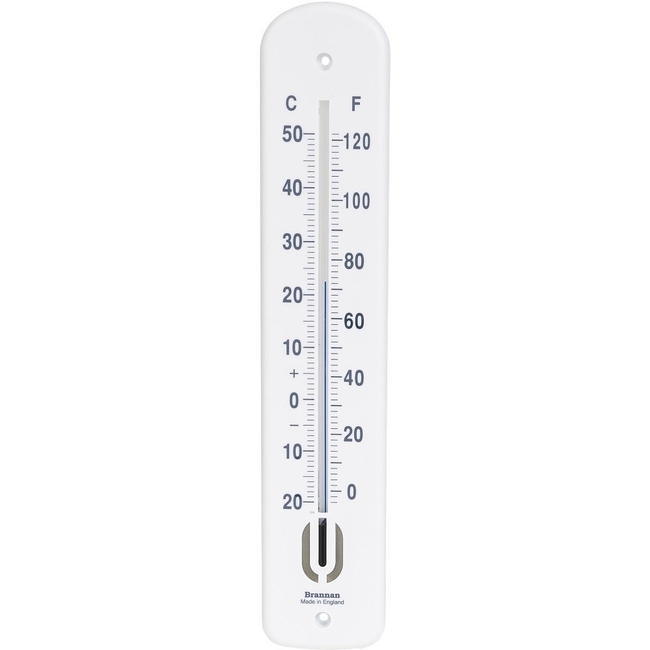
Plant peppers when night temps are reliably over 55 F. (maudesport.com)
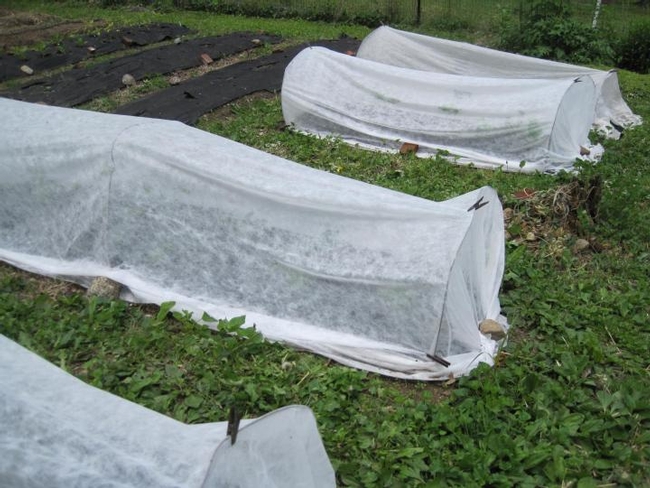
Protection, if needed. (almanac.com)
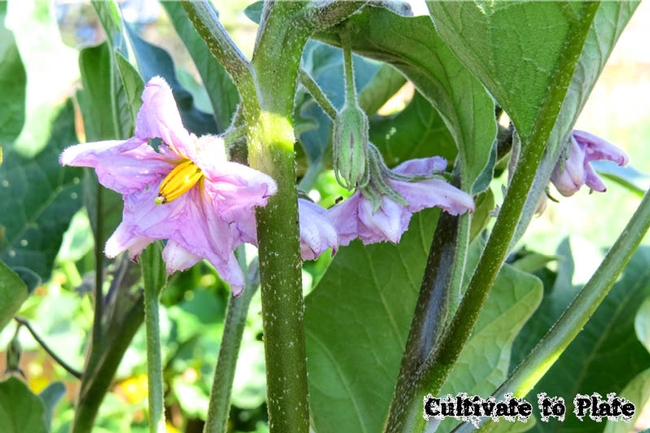
Eggplant flowers. (cultivatetoplate.com)
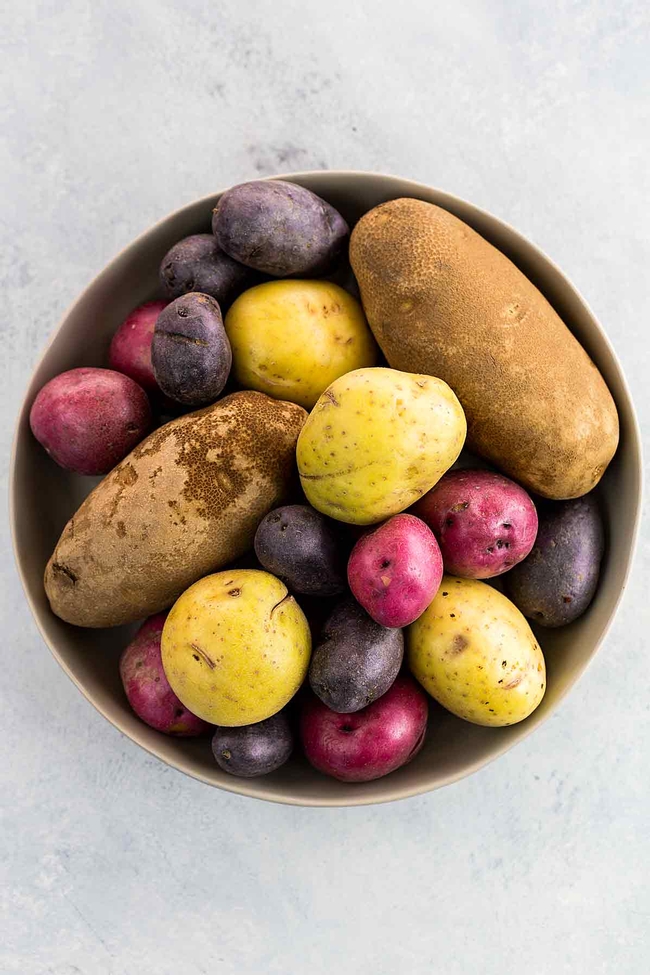
Potatoes are also in the family. (jessicagavin.com)
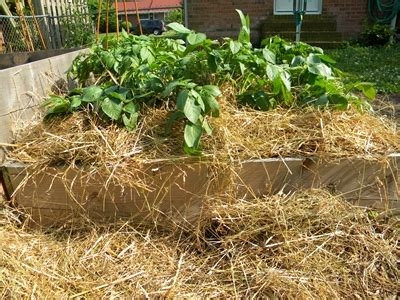
Hilling potatoes. (veggiegardener.com)
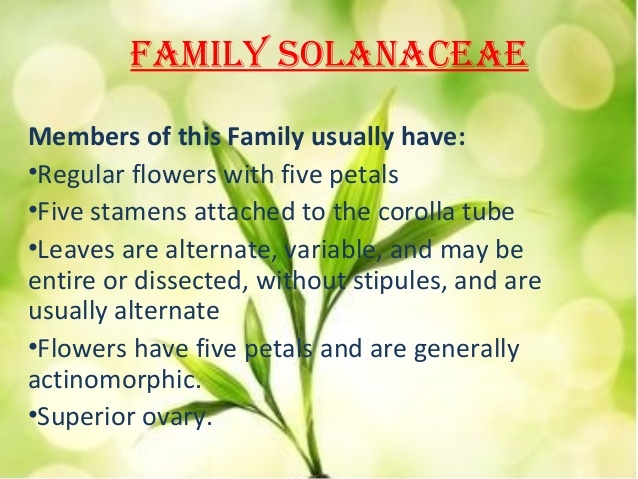
Solanaceae family characteristics. (slideshare.net)